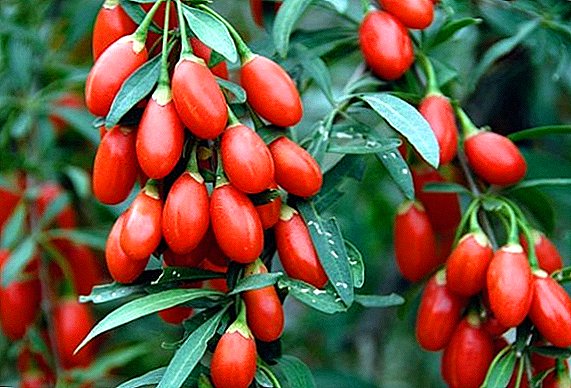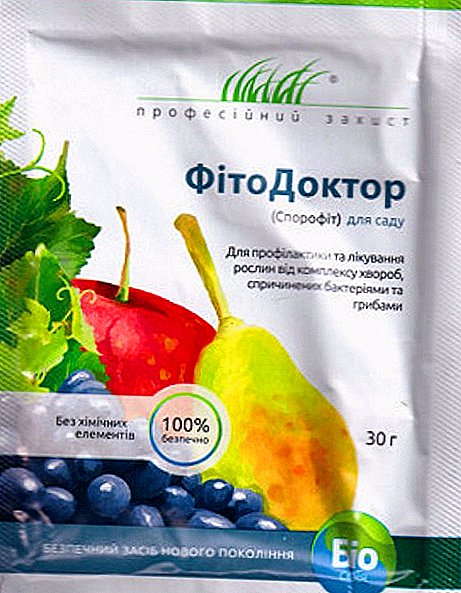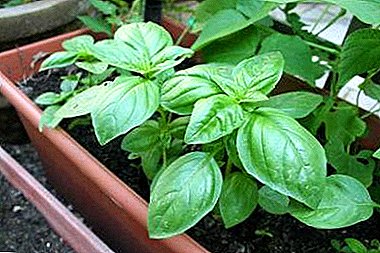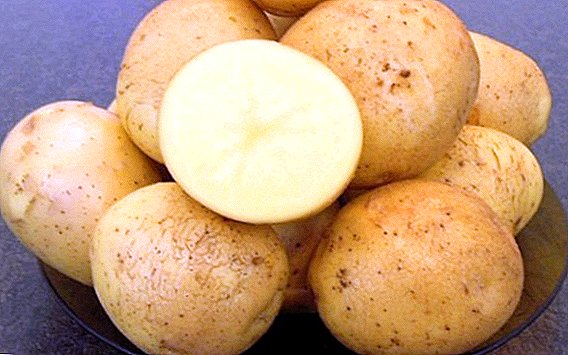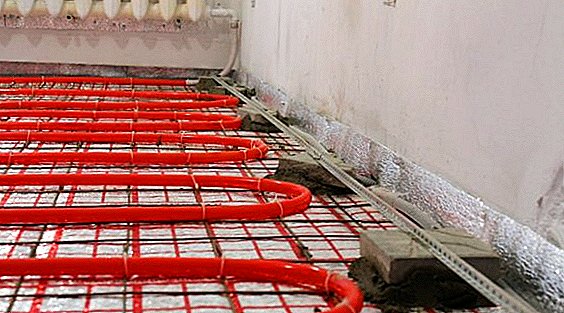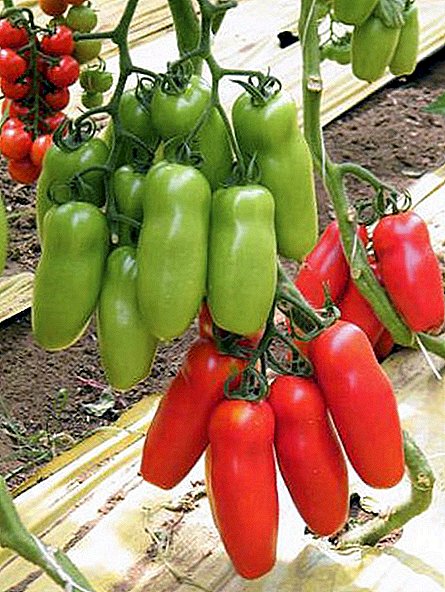 Edible cassava is the most important component of the diet of the peoples of Africa and Latin America. Consumption of cassava, or, as it is called, cassava, in those regions, the volume can be compared with the potatoes we consume. But sometimes what is edible for some, for others - like death. And here, without exaggeration.
Edible cassava is the most important component of the diet of the peoples of Africa and Latin America. Consumption of cassava, or, as it is called, cassava, in those regions, the volume can be compared with the potatoes we consume. But sometimes what is edible for some, for others - like death. And here, without exaggeration.
What is and where it grows
Manioc - an evergreen tropical latitudes which has many names: maniot, cassava, yuka (not to be confused with yucca). It has the appearance of a shrub with sharp palmate leaves and a tuberous root that reaches 8–10 cm in diameter and is up to 1 m in length. The plant originated from South America and is now cultivated in regions with a tropical climate: Africa, some regions of Asia and Indonesia.
In addition to cassava, tropical plants are also: albition, hypoestes, adiantum, longan (dragon eye), cordilina, feijoa, nepents, epiphyte, jacaranda (violet tree), aglaonema, kerodendrum, alokaziya, striped ehmeya, humming and monstera.

Did you know? Cahim - traditional low alcohol drink from cassava. The correct proportion of water and ... human saliva helps to start the fermentation process of cassava roots!
Chemical composition
Raw cassava roots contain cyanogenic glycosides, linamarin and lotavstralin, which, when disintegrated, form acetone and hydrocyanic acid. A dose of this poison in 400 g of raw cassava root is fatal to humans. Therefore, it is impossible to use the root in its raw form. Caloric cassava is 159 calories and contains such substances (per 100 g):
| Organic substances, vitamins and minerals | amount |
| Squirrels | 1.2 g |
| Fat | 0.3 g |
| Carbohydrates | 38.3 g |
| Alimentary fiber | 1.8 g |
| Sugar | 1.7 g |
| Ash | 0.62 g |
| Water | 59.68 g |
| Vitamin A | 13 IU |
| Vitamin B1 | 0.097 mg |
| Vitamin B2 | 0.048 mg |
| Vitamin B3 | 0.854 mg |
| Vitamin b4 | 23.7 mg |
| Vitamin B5 | 0.107 mg |
| Vitamin B6 | 0.088 mg |
| Vitamin C | 20.6 mg |
| Vitamin E | 0.19 mg |
| Vitamin K | 1.9 mcg |
| Potassium | 271 mg |
| Calcium | 16 mg |
| Magnesium | 21 mg |
| Sodium | 14 mg |
| Phosphorus | 27 mg |
| Iron | 0.27 mg |
| Manganese | 0.384 mg |
| Copper | 0.1 mg |
| Selenium | 0.7 µg |
| Zinc | 0.34 mg |

The composition of the tubers also includes about 40% starch and fatty amino acids.
Useful and healing properties
When properly processed, the cassava loses all its toxic properties and has a beneficial effect on the body namely:
- normalizes sugar level;
- cleans blood vessels from cholesterol;
- normalizes pressure;
- strengthens the immune system;
- slows the aging processes of organs;
- has anti-inflammatory properties.
Important! Cassava seeds have a strong vomiting and laxative effect, and the raw root can serve as a healing lotion for wounds.

Decoctions of pre-treated leaves should be used to prevent cancer.
Contraindications and side effects
Manioc contains a high concentration of cyanide, so when eating raw root, a person develops a strong poisoning, even death. But the frequent use of heat-treated cassava is not harmless: the body very quickly feels oversupply and reacts to it with vomiting, diarrhea and bitterness in the mouth.
What can you buy
On sale you can find the root and leaves of cassava in its original form, and shredded.
- Root. Get tubers mainly for cooking side dishes.
- Flour. Cassava flour is a substitute for cereal flour and is an alternative for those who are allergic to certain types of cereal.
- Leaves. A large amount of protein in cassava leaves makes their taste like spinach and is also served as a side dish.
- Tapioca. Cassava starch is widely used both in cooking and for industrial purposes.


Poinsettia, Croton, Euphorbia and Castor Oil, as well as edible cassava, belong to the Euphorbia family, the common feature of which is that viscous and milk-like juice flows from the stems and leaves at the incision.
Prepare the strawberry to eat
We have already figured out what is harmful raw cassava root, now consider the technology of preparation of the tubers in use. A well-washed root is cleaned and soaked for a while in water: this will help reduce the amount of cyanide before heat treatment. But only she can finally make cassava edible, so before further preparation, chopped tubers are scalded or roasted, and then you can safely follow the recipe.
Important! Hydrocyanic acid evaporates at a minimum processing temperature of 26.7°WITH.

What can you cook
The roots themselves contain little protein and only some amino acids. Although it is thermally treated tubers are most often eaten. Starch and deficiency of fatty amino acids can retain water in the body, in order to avoid this, it is recommended to use the leaves of the plant, which are rich in protein. The most common dishes from cassava are side dishes and all kinds of flat cakes and bread. And we offer you a recipe for Brazilian cakes "Pao de kejo" cassava flour. You will need:
- flour - 2 glasses;
- vegetable oil - 0.25 cup;
- milk - 0.5 cups;
- water - 0.5 cups;
- egg - 2 pieces;
- Parmesan - 100 g;
- salt - 0.5 tablespoons.

- Mix water, milk, butter, salt and cook until boiling.
- Pour this mixture into the flour, stir well and leave to cool.
- Add the eggs and grated parmesan and mix well again.
- Form future buns from the resulting dough and put them to bake for 30-35 minutes at 180 °.
Did you know? In Africa, health problems associated with eating improperly processed cassava gained a separate name. - "Conzo".In our area it is rare to find manioc and its derivatives, but if possible, be sure to buy and try something new for yourself. Remember about rules for the use of these edible tubers from the tropics and the benefits they can bring to your body.


